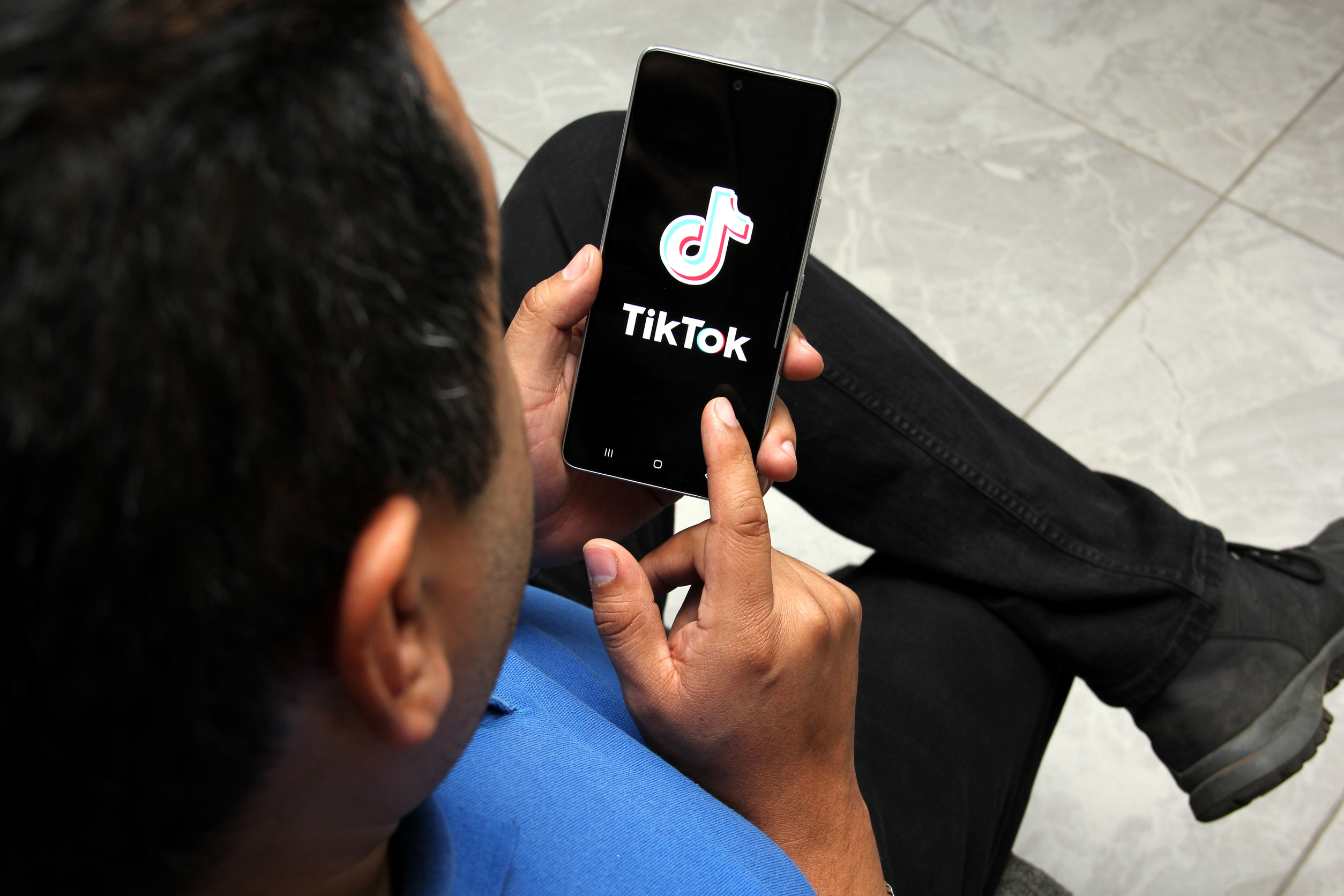
TikTok isn’t just for dance moves and viral challenges. The financial world has exploded on the platform, with creators promising everything from effortless savings strategies to quick-credit-building hacks. But here’s the catch: While some of these TikTok finance gurus seem to have it all figured out, the advice they dish out could end up sinking your credit score faster than you can say “credit card balance.”
With tips that sound too good to be true, many of these trends are more harmful than helpful. If you’re swiping your way through TikTok for financial wisdom, here’s a heads-up: Some of these tips might actually be leading you down the dangerous path of more credit card debt.
1. The “Buy Now, Pay Later” Trap
Buy now, pay later (BNPL) services have been all the rage on TikTok, making it easier than ever to make big-ticket purchases without paying up front. With options like Afterpay, Klarna, and Affirm, influencers rave about how they’re living their best lives, buying everything from designer clothes to new electronics—without any immediate cash outflow.
The problem? These services often come with high interest rates if payments aren’t made on time. Sure, your wallet feels lighter in the moment, but missing payments will balloon your debt in no time. Without realizing it, many people are accumulating debt they can’t manage, only to find themselves stuck in a vicious cycle.
2. The Credit Card Points Obsession
“Maximize your rewards points!” has become the mantra of many finance TikTokers. They preach the idea of using credit cards to rack up points on every purchase, promising free travel, cash back, and tons of perks. But here’s the catch: The fees associated with premium credit cards, as well as the pressure to constantly spend, can outweigh the benefits of those rewards. People often fall into the trap of overspending just to earn more points, which means higher credit card balances and soaring interest rates. In the end, those “rewards” can quickly turn into a massive debt spiral.
3. The “Zero Percent Interest” Scheme
Many TikTok creators boast about opening credit cards with zero percent interest on purchases or balance transfers for an introductory period. Sounds amazing, right? Well, the appeal of zero percent interest can easily encourage people to spend beyond their means. While interest might not kick in right away, it’s easy to forget that those sweet terms expire quickly. If the balance isn’t paid off in full by the end of the promotional period, the debt can suddenly skyrocket with retroactive interest. Falling into this trap is one way TikTok finance advice leads to serious financial headaches.
4. The “Set It and Forget It” Budgeting Strategy
TikTok is packed with quick budgeting tips, and one that’s become particularly popular is the “set it and forget it” approach to finance. This strategy encourages people to automate their savings and bill payments while focusing on maximizing cash flow with minimal effort. However, this “hands-off” approach often means people are blindly swiping credit cards for purchases without paying attention to how their spending is impacting their credit. Without monitoring expenses, it’s easy to slip into unhealthy financial habits, leaving consumers to rack up more debt than they realize. Automated savings and budgeting can be helpful, but they won’t prevent reckless credit card use.

5. The “Credit Card Churning” Hustle
Credit card churning, a strategy where users open and close multiple credit cards to earn sign-up bonuses and rewards, is all the rage on TikTok. Creators paint this as an easy way to score massive bonuses, but the hidden costs are often overlooked. Each new application usually results in a hard inquiry on your credit report, which can ding your score temporarily.
More importantly, missing even one payment due to the complexity of managing multiple cards can lead to late fees, higher interest rates, and credit score damage. Churning sounds great in theory, but it often sets people up for accumulating more debt than they bargained for.
6. The “Debt Avalanche” Gone Wrong
The debt avalanche method—where you focus on paying off high-interest debt first—has been hyped up as a smart, efficient way to eliminate credit card debt. While the concept itself is solid, TikTokers sometimes oversimplify the strategy. They emphasize paying off high-interest credit cards without mentioning how important it is to consistently make payments and track your spending. In reality, people often get distracted by the excitement of clearing the biggest balance first, only to neglect other payments. This unbalanced approach can result in late fees, increased debt, and ultimately more financial stress than anticipated.
7. The “Credit Score Boost in 30 Days” Promise
A ton of TikTokers claim they can boost your credit score by hundreds of points in just 30 days with simple tricks like paying down small balances or getting added as an authorized user on someone else’s card. While these tactics may have some merit, the reality is they’re not a magic bullet for lasting credit improvement. Some of the quick-fix tips might only temporarily bump your score while leaving other areas of your credit report untouched. Additionally, the temptation to open new accounts or use credit irresponsibly to improve your score can lead to even more debt. The fast-track path to a better credit score isn’t always as easy as TikTok makes it seem.
8. The “No Credit, No Problem” Myth
TikTok is home to countless creators promising ways to get access to credit cards and loans without a credit history. Some of these “hackers” share advice on how to gain approval for credit cards by simply opening accounts in the right way or using special loopholes. While this sounds enticing for people with little or no credit, the result is often the opposite of what’s promised. Applying for multiple cards without understanding the impact on your credit can hurt your credit score. Moreover, building credit through irresponsible borrowing can trap users in cycles of high interest and growing debt.
Beware of the TikTok Finance Hype!
While TikTok can be a fun place to learn new things, it’s important to approach financial advice with caution. Many tips are oversimplified or unrealistic, leading to greater debt in the long run. Instead of blindly following trends, take time to research strategies and create a plan that works for your unique financial situation. It’s always wise to get a second opinion from a trusted source or professional.
What are your thoughts? Have you ever tried one of these TikTok finance hacks? Drop a comment below!
You May Also Like…
8 Credit Cards With Perks That Disappear After Signup
7 Unpopular Items That Are Still Selling Out Because of TikTok
10 Ways Social Media is Exposing Your Exact Daily Movements
7 TikTok Trends That Can Actually Turn Into Full-Time Jobs
Who Really Benefits When Your Budgeting Influencer Doesn’t Explain the Fine Print?
The post 8 Popular Finance TikToks That Just Lead to More Credit Card Debt appeared first on Everybody Loves Your Money.







